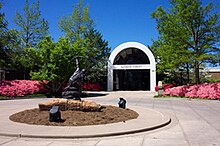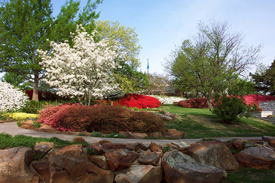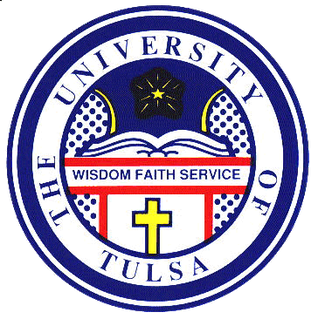
The University of Tulsa (TU) is a private research university in Tulsa, Oklahoma. It has a historic affiliation with the Presbyterian Church and the campus architectural style is predominantly Collegiate Gothic. The school traces its origin to the Presbyterian School for Girls, which was established in 1882 in Muskogee, Oklahoma, then a town in Indian Territory, and which evolved into an institution of higher education named Henry Kendall College by 1894. The college moved to Tulsa, another town in the Creek Nation in 1904, before the state of Oklahoma was created. In 1920, Kendall College was renamed the University of Tulsa.

Tulsa is the second-most-populous city in the state of Oklahoma, after Oklahoma City, and is the 47th-most-populous city in the United States. The population was 413,066 as of the 2020 census. It is the principal municipality of the Tulsa metropolitan area, a region with 1,034,123 residents. The city serves as the county seat of Tulsa County, the most densely populated county in Oklahoma, with urban development extending into Osage, Rogers and Wagoner counties.

Thomas Moran was an American painter and printmaker of the Hudson River School in New York whose work often featured the Rocky Mountains. Moran and his family, wife Mary Nimmo Moran and daughter Ruth, took residence in New York where he obtained work as an artist. He was a younger brother of the noted marine artist Edward Moran, with whom he shared a studio. A talented illustrator and exquisite colorist, Thomas Moran was hired as an illustrator at Scribner's Monthly. During the late 1860s, he was appointed the chief illustrator for the magazine, a position that helped him launch his career as one of the premier painters of the American landscape, in particular, the American West.
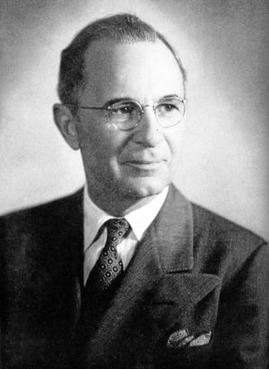
William Thomas Gilcrease was an American oilman, art collector, and philanthropist. During his lifetime, Gilcrease collected more than 10,000 artworks, 250,000 Native American artifacts and 100,000 rare books and documents, including the only surviving certified copy of the Declaration of Independence. He was the founder of Gilcrease Museum in Tulsa, Oklahoma. In 1971, he was inducted into the Hall of Great Westerners of the National Cowboy & Western Heritage Museum.

Philbrook Museum of Art is an art museum with expansive formal gardens located in Tulsa, Oklahoma. The museum, which opened in 1939, is located in a former 1920s villa, "Villa Philbrook", the home of Oklahoma oil pioneer Waite Phillips and his wife Genevieve. Showcasing nine collections of art from all over the world, and spanning various artistic media and styles, the cornerstone collection focuses on Native American art featuring basketry, pottery, paintings and jewelry.

The Oklahoma History Center (OHC) is the history museum of the state of Oklahoma. Located on an 18-acre (7.3 ha) plot across the street from the Governor's mansion at 800 Nazih Zuhdi Drive in Oklahoma City, the current museum opened in 2005 and is operated by the Oklahoma Historical Society (OHS). It focuses on the history of Oklahoma.

The Cherokee Heritage Center is a non-profit historical society and museum campus that seeks to preserve the historical and cultural artifacts, language, and traditional crafts of the Cherokee. The Heritage center also hosts the central genealogy database and genealogy research center for the Cherokee People. The Heritage Center is located on the site of the mid-19th century Cherokee Seminary building in Park Hill, Oklahoma, a suburb of Tahlequah, and was constructed near the old structure. It is a unit of the Cherokee National Historical Society and is sponsored by the Cherokee Nation, the United Keetoowah Band of Cherokee Indians, and other area tribes. The center was originally known as Tsa-La-Gi but is now known as the Cherokee Heritage Center.
Gregory Herman Perino was an American self-taught professional archaeologist, author, consultant, and the last living founder of the Illinois State Archaeological Society. Perino was considered one of the foremost experts on Native American artifacts. He died July 4, 2005, at the age of 91.
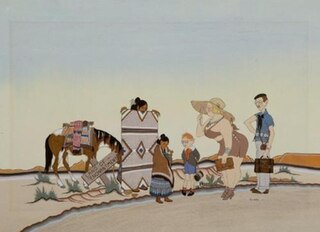
Woodrow Wilson Crumbo (Potawatomi) was an artist, Native American flute player, and dancer who lived and worked mostly in the West of the United States. A transcript of his daughter's interview shows that Mr. Crumbo was born on January 31, 1912, so there is a discrepancy of the date until confirmation. As an independent prospector in New Mexico in the late 1950s, he found one of the largest beryllium veins in the nation, valued at millions of dollars.

The Oklahoma Historical Society (OHS) is an agency of the government of Oklahoma dedicated to promotion and preservation of Oklahoma's history and its people by collecting, interpreting, and disseminating knowledge and artifacts of Oklahoma. The mission of the OHS is to collect, preserve, and share the history and culture of the state of Oklahoma and its people.
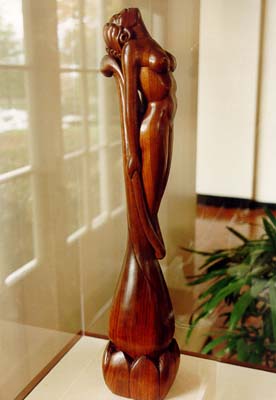
Willard Stone was an American artist best known for his wood sculptures carved in a flowing Art Deco style.
The Peggy V. Helmerich Distinguished Author Award is an American literary prize awarded by the Tulsa Library Trust in Tulsa, Oklahoma. It is awarded annually to an "internationally acclaimed" author who has "written a distinguished body of work and made a major contribution to the field of literature and letters".

Carl Sweezy (1881–1953) was a Southern Arapaho painter from Oklahoma. He painted individual portraits, but was best known for his portrayals of ceremonies and dances.
Daniel C. Swan is an American cultural anthropologist and museum curator whose work has focused on documenting and interpreting the cultural history of the Americas. He has specialized particularly on the histories, social organizations, and cultures of Native North American peoples in Oklahoma, USA. His research on the history, significance, and artistic forms of the Native American Church has led to research and exhibition collaborations with artists and elders in a diversity of American Indian communities, both in Oklahoma and elsewhere in the Western United States. In addition to his work on American Indian topics, he has organized exhibitions and museum catalogs about cultural diversity in the American West and in the Western Hemisphere more broadly.

The Sherwin Miller Museum of Jewish Art (SMMJA) in Tulsa, Oklahoma, was founded in 1966 as the Gershon & Rebecca Fenster Museum of Jewish Art. From its inception until 1998, Tulsa's Congregation B'nai Emunah Synagogue housed the museum. Sherwin Miller was the museum's first curator. In 2000, the museum was renamed the Sherwin Miller Museum, and it moved to its present location at 2021 E 71st St in Tulsa, OK 74136 on the Zarrow Campus of the Jewish Federation of Tulsa in November 2004. The Sherwin Miller Museum, which houses the largest collection of Jewish art in the Southwestern United States, received accreditation by the American Alliance of Museums in 2013.
The following is a timeline of the history of the city of Tulsa, Oklahoma, United States.
The Bob Dylan Archive is a collection of documents and objects relating to American singer Bob Dylan. It was announced on March 2, 2016, that the archive had been acquired by the George Kaiser Family Foundation (GKFF) and The University of Tulsa (TU). It will be under the care of the university's Helmerich Center for American Research.
James Pepper Henry is a Native American museum director and vice-chairman of the Kaw Nation. He is the executive director of the First Americans Museum in Oklahoma City, Oklahoma, which opened on 18 September 2021.
Dr. Duane Harold King was an American writer, educator, and museum director. King wrote extensively on Native American topics with a special interest in Cherokee and linguistics. He served as the Executive Director of the Southwest Museum of the American Indian, Senior Adviser of the National Museum for the American Indian, and Director of the Helmerich Center for American Research.

Yatika Starr Fields is a Native American painter, muralist and street artist, born in the city of Tulsa, Oklahoma. His artworks were shown at numerous galleries and museums, including the APEC Young Artist Exhibition and recently in the Sam Noble Museum.
